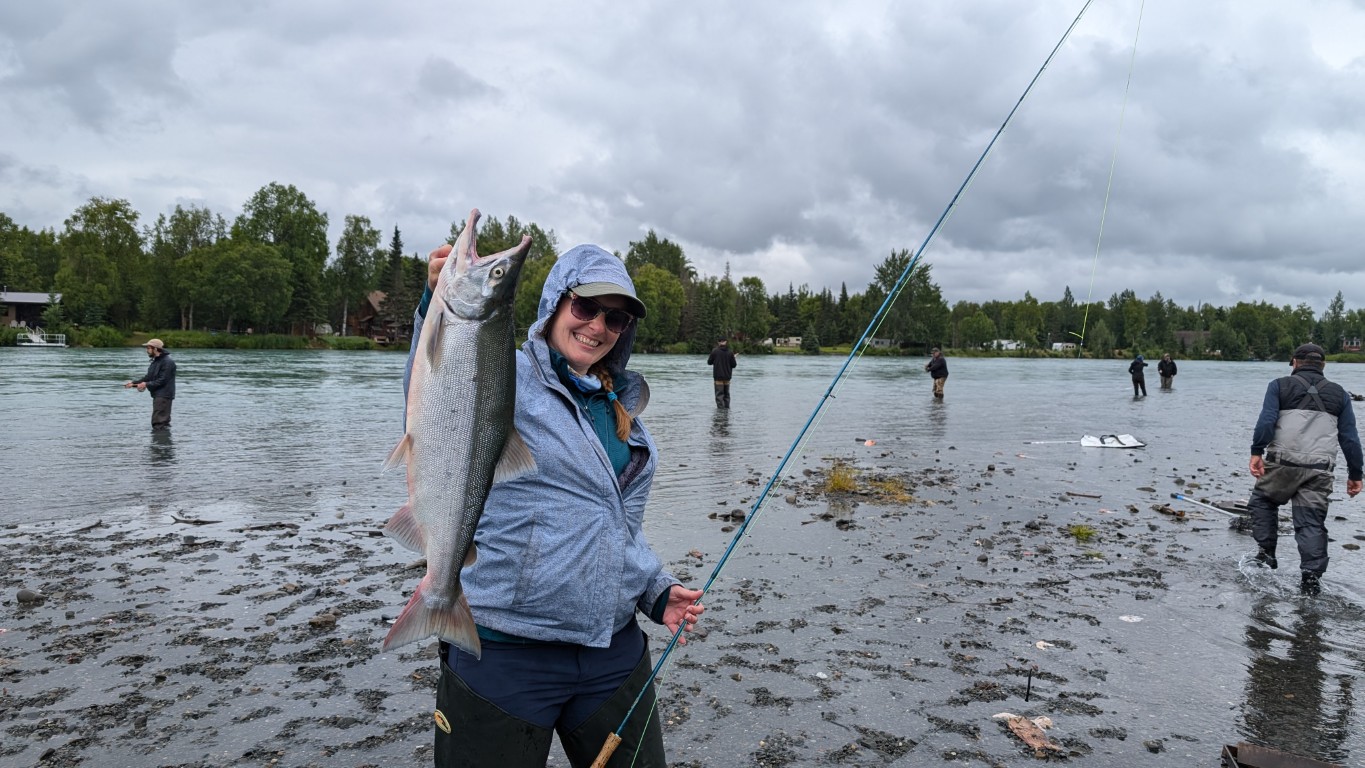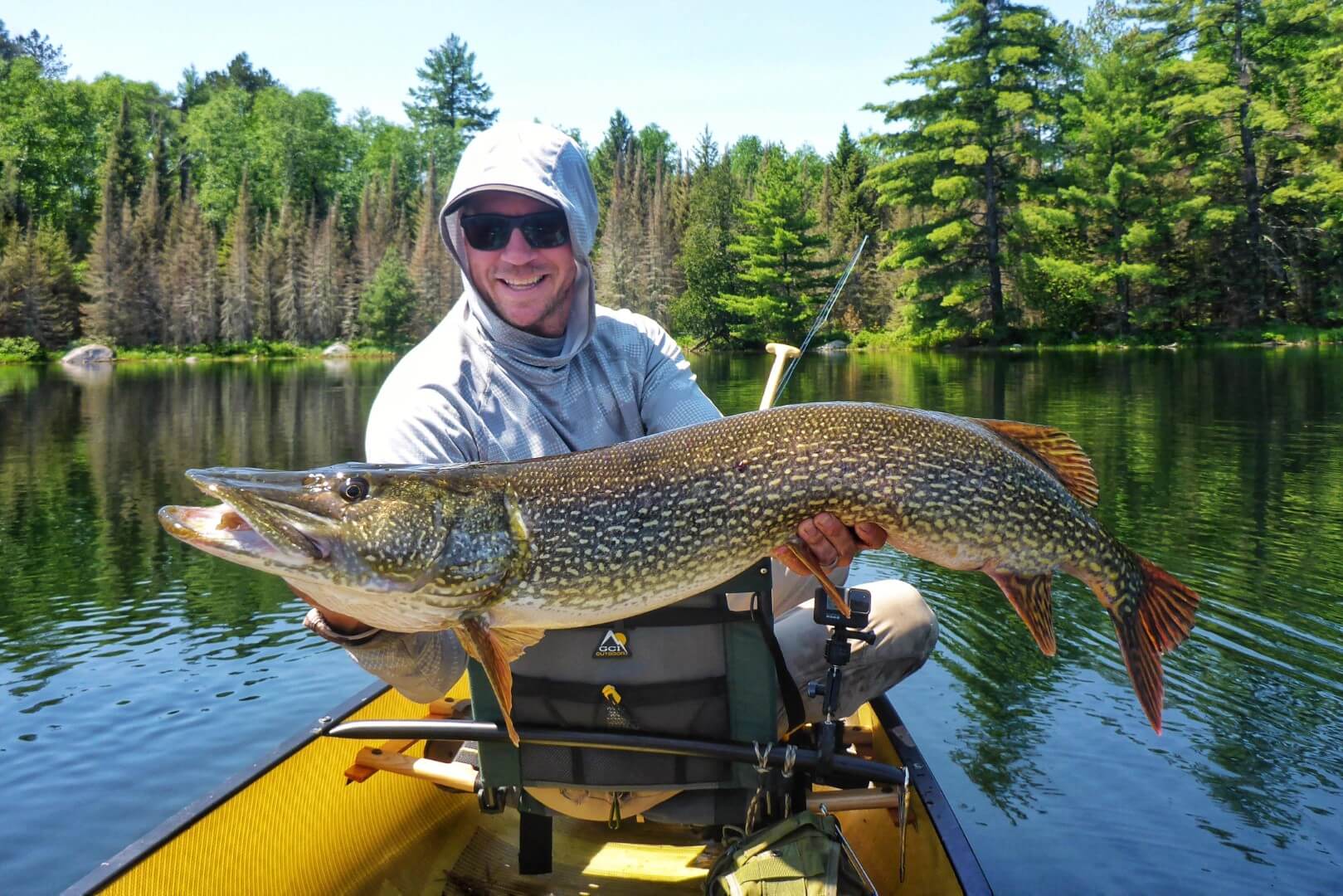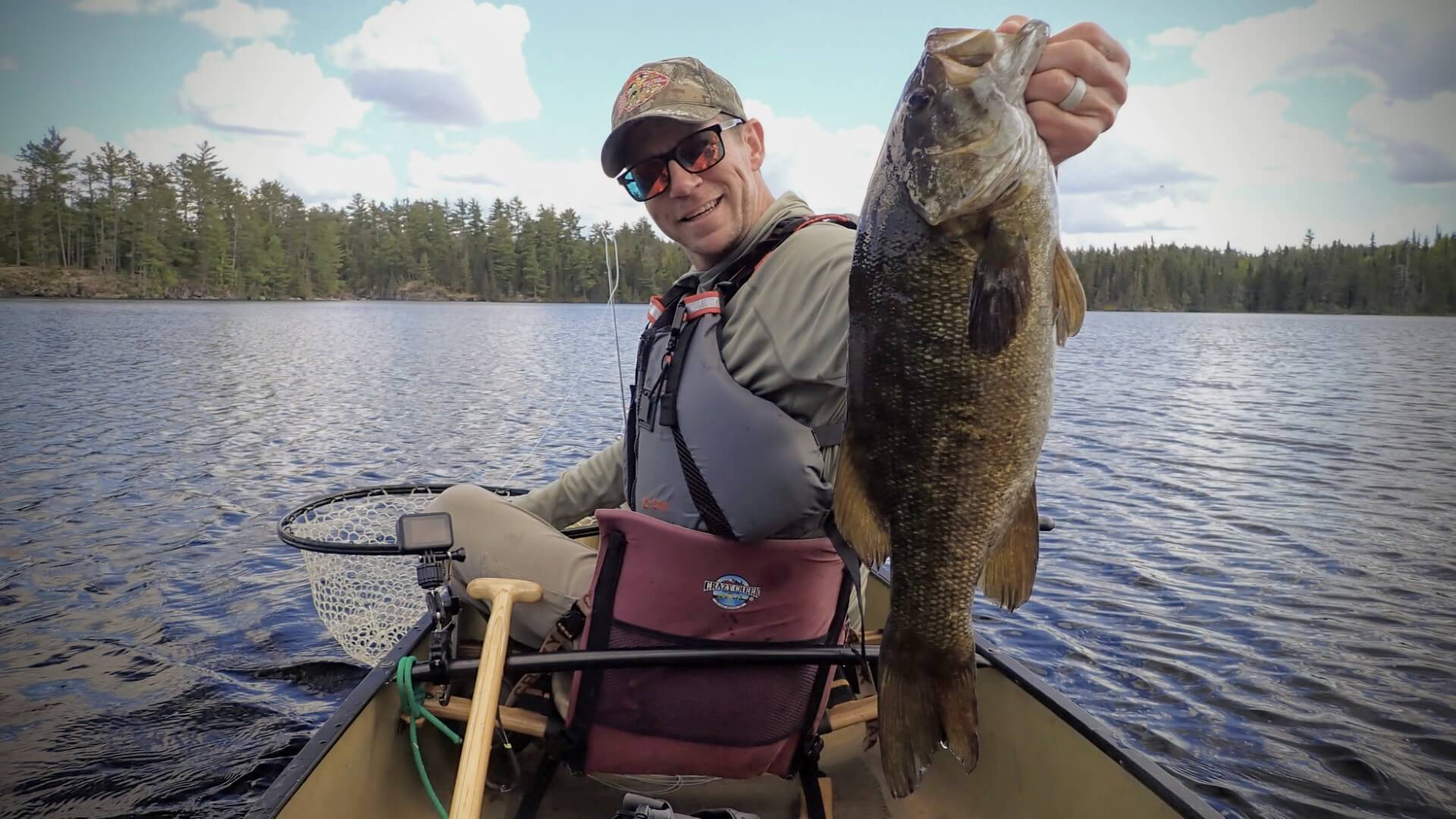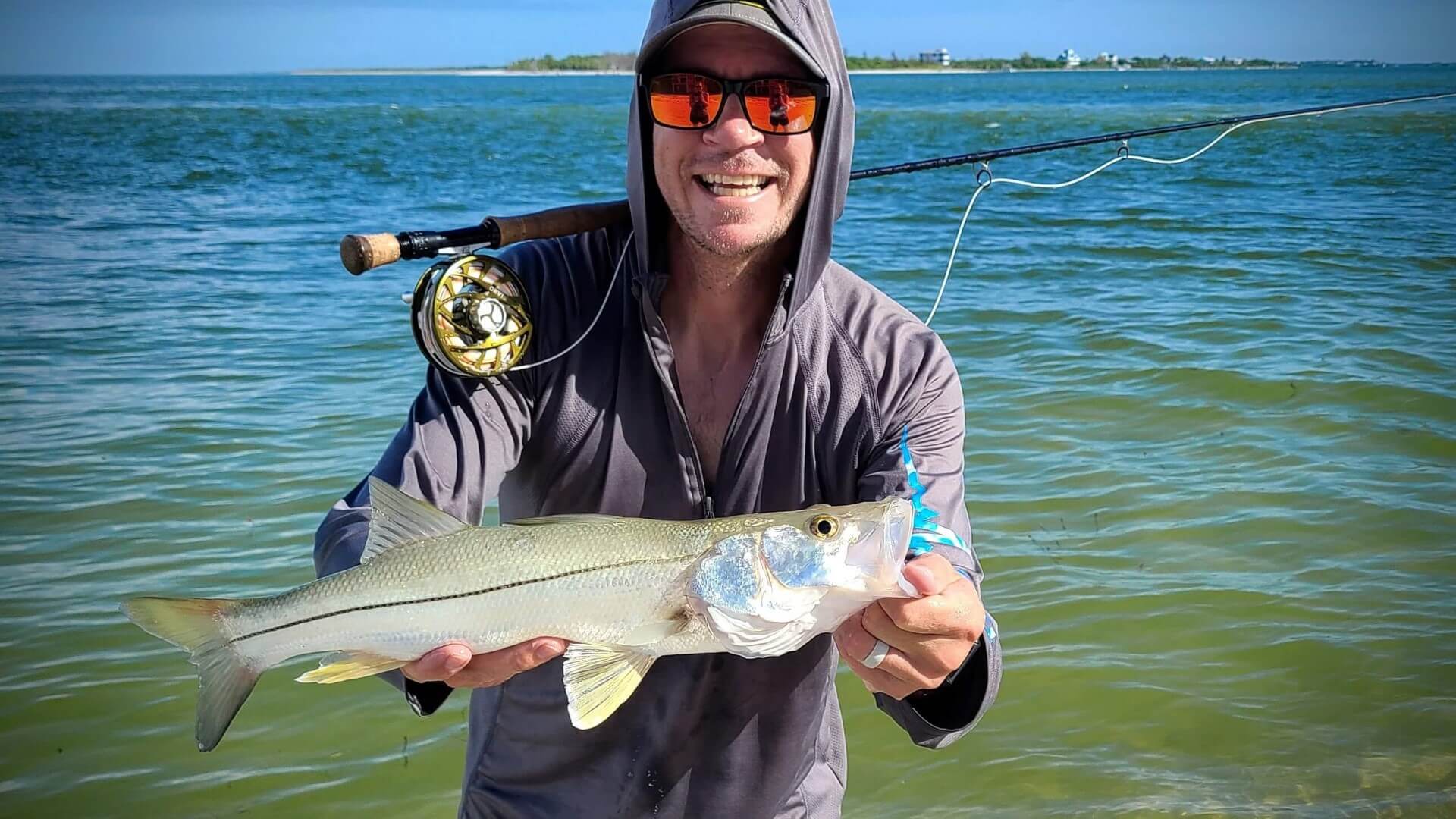To Swing or Not to Swing
So you are thinking about getting into the world of swinging for steelhead and other anadromous fish. Well, there is a lot to cover, including gear, techniques, spey casts, and more. But first, and most important you should decide if swinging is right for you.
What does swinging flies actually mean?
Spey casting, skagit head, running line, intruders, perry poke… If you haven’t been confused enough yet trying to pair a nymphing line to a single-handed fly rod, lookout because swinging flies will introduce a whole new level of terminology to the mix. So it’s ok if you are confused because you are not alone. Here is a quick background to help you grasp a few of the terms, and why swinging flies is even a thing.
Swinging flies is simply another technique used to catching trout (or any fish). There are tons of different techniques you can use including spin fishing, centerpinning, indicator fishing, euro nymphing, streamer fishing, and swinging.
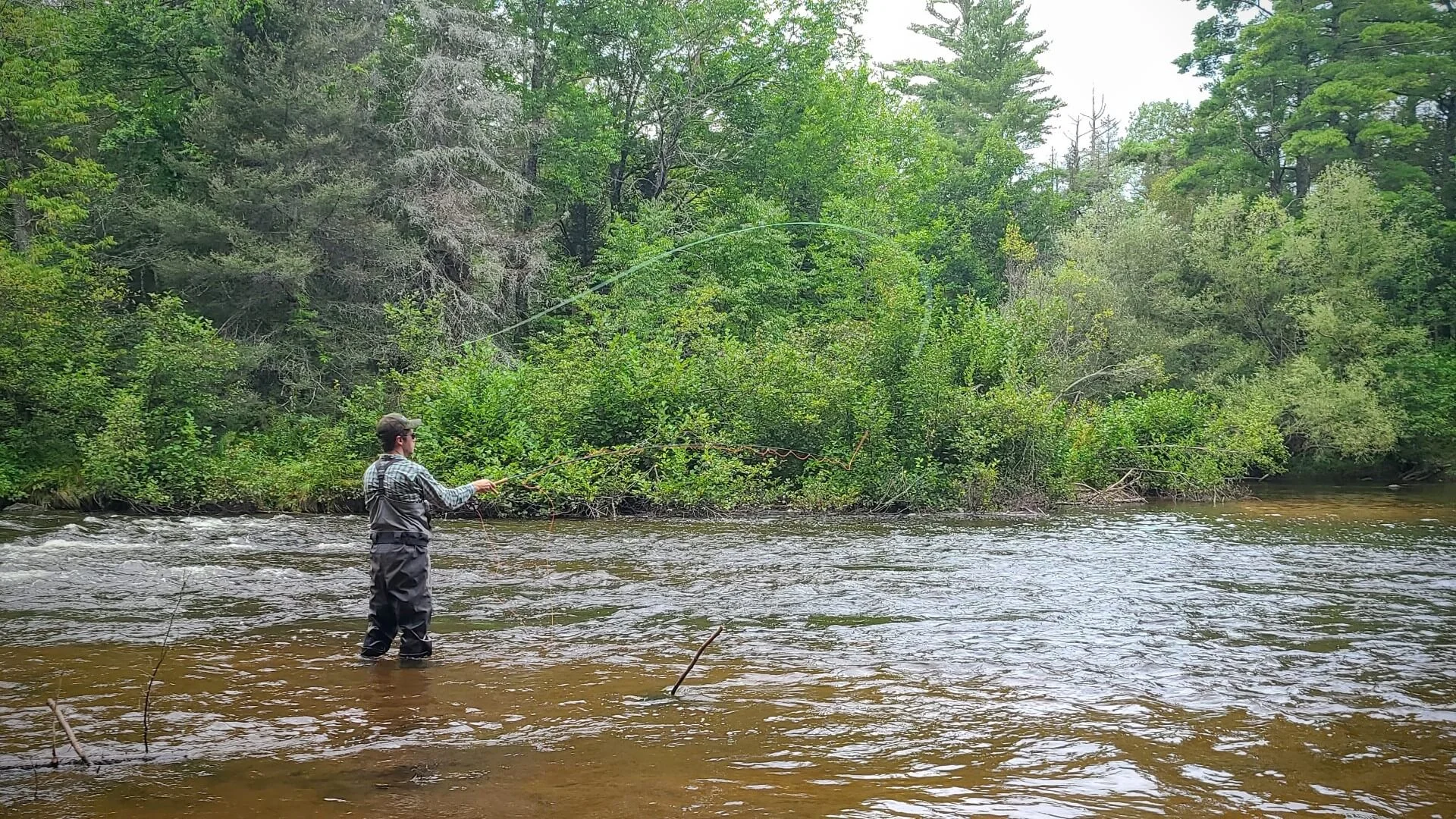
Swinging flies is simply a form of streamer fishing, but was invented to solve a basic and common problem. Many rivers have obstructions (trees and brush) along the river that make it extremely difficult to back-cast without getting hung up. So, instead of using a standard overhead cast, a new type of integrated line was designed combining a running line, shooting head, and sink tip which allowed anglers to cast across the river using a spey cast with minimal back-casting room. Along with a new style of line, new forms of spey casts were developed to allow for an extremely efficient way to cast and your flies across the river no matter what direction the water was flowing and what obstructions may be behind you. The term swinging comes from the action of the fly after the cast. Once you cast your intruder (a specific type of streamer designed for catching steelhead on the swing) across the river the current will swing it back to your side and hopefully in front of a fish!
There is quite a bit more that you can learn including the different types of two-handed rods (spey and switch), the different types of shooting heads (skagit and scandi), and even fly design for steelhead streamers. Those will all be covered in future articles, but first if this is all something that you should try out.
Progressing as an angler
Many of us started out fishing with a hook, link, and sinker. You stuck a worm or minnow on your hook, tied on a bobber, and waited. Then eventually after a while, we decided to try casting spoons and lures. It wasn’t quite as easy or as simple as the old worm on a hook, but it was maybe a little bit more satisfying. Then finally, (hopefully) you picked up a fly rod and started fly fishing. Not because you can catch more fish on a fly rod than a spinning rod, but because it requires a higher level of skill that gives us more satisfaction when we catch fish using a new technique.
Swinging flies can be thought of as that next step in the progression of a fisherman. Learning a new technique, not because it is easier, but because increasing the difficulty increases your satisfaction. You might not be at the level in which making fishing more difficult is worth it and that’s ok. So on one hand swinging flies may not be for you. But if you already have a fly rod, then learning how to spey cast will 100% make you a better fly fisherman.
The next step in the progression of the angler is simply making fishing more difficult in order to increase your level of satisfaction.
After spey casting for a few years, I’ve come to understand many of the pros and cons of swinging flies and can hopefully help your decision a little easier.
I may not be like everyone, but I enjoy the progression of fishing. If I catch a fish on a fly, I often cut it off because I know that one works, and I want to see what else I can use to fool a fish into eating. So if you are just getting started in trout fishing or fly fishing, then I would recommend learning the basics before jumping into the world of spey. If you are new to steelhead fishing or fly fishing in general you should read my article on fly fishing for steelhead.
On the other hand if you have been fly fishing for a little while now and are just ready for a new challenge, you want to improve your fly fishing abilities, or you are looking for that next level of satisfaction then you should definitely learn to swing. Having a steelhead slam a swung fly is just about as satisfying as fishing can be, and can send you back into that juvenile level of happiness.
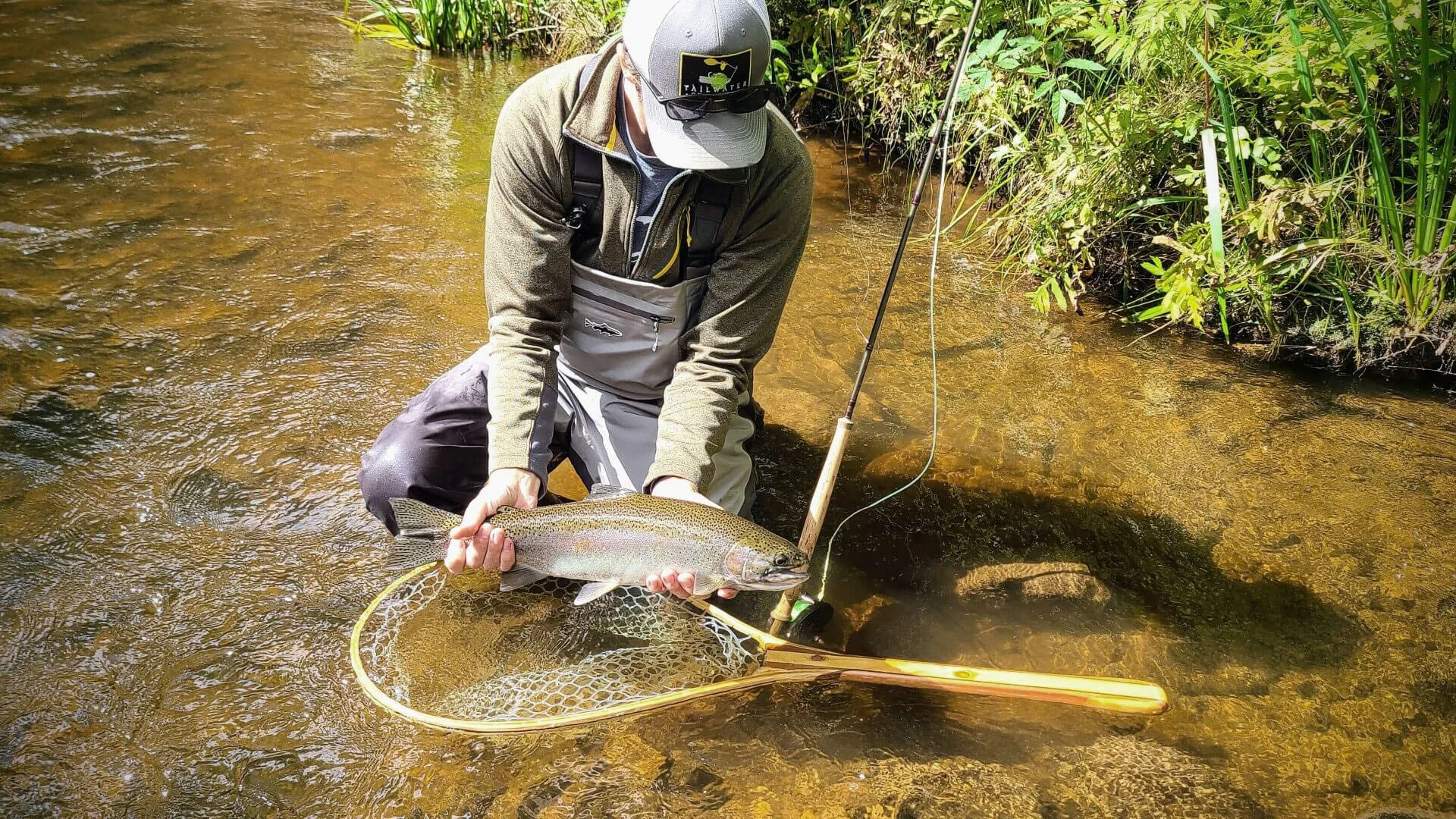
The Pros and Cons
Pros
- You get to feel the fish take your fly
- You don’t have to watch your “bobber” all day
- You can fish the water that other anglers can’t
- You will get snagged less and lose fewer flies
Cons
- You will probably catch less fish
- You need to buy more fishing gear (pro?)
Why You Should Learn How To Spey Cast
So if you have decided that you just aren’t ready to spend the time, or don’t want to spend the extra money on gear that it takes to swing flies for steelhead, or you’re simply content indicator fishing you should still learn how to spey cast. Having at the very least a basic understanding of spey casting will give you more tools at your disposal for all types of fly fishing. Spey casting (which is the type of two-handed fly cast used when swinging flies) by its basic definition is simply a water-loaded change of direction cast, unlike a roll cast that is a water loaded cast that must be performed in a perpendicular direction. Having the ability to move your fly line from downriver to across or even upriver without any room for a back-cast will allow you to reach water at further distances and in tighter spots. No matter if you happen to be fishing a streamer, wet fly, nymph, or even a dry fly. You don’t need to have specific spey casting gear to learn how to spey cast, (but it sure does help).
If you are ready to give it a try without breaking the bank, then the cheapest and easiest option is to just pick up a single-handed skagit line for your single-handed fly rod. You won’t be able to cast as far as you would with a two-handed rod, but it is a great option for the occasional swinger. Just buy another spool and load it up with some running line, a skagit head, and a couple of sink tips and you can get into the swing game for less than $100.
Stay tuned! My next articles are in the works and will cover the Gear You Need to Swing for Great Lakes Steelhead, as well as the “Casts and Techniques You Should Learn First”. If you want to be notified when those articles come out you can subscribe to my newsletter, or follow me on Facebook or Instagram.
If you found this article helpful, please consider sharing!
js-outdoors is a free resource for all anglers.
Please consinder donating to keep this site ad-free!


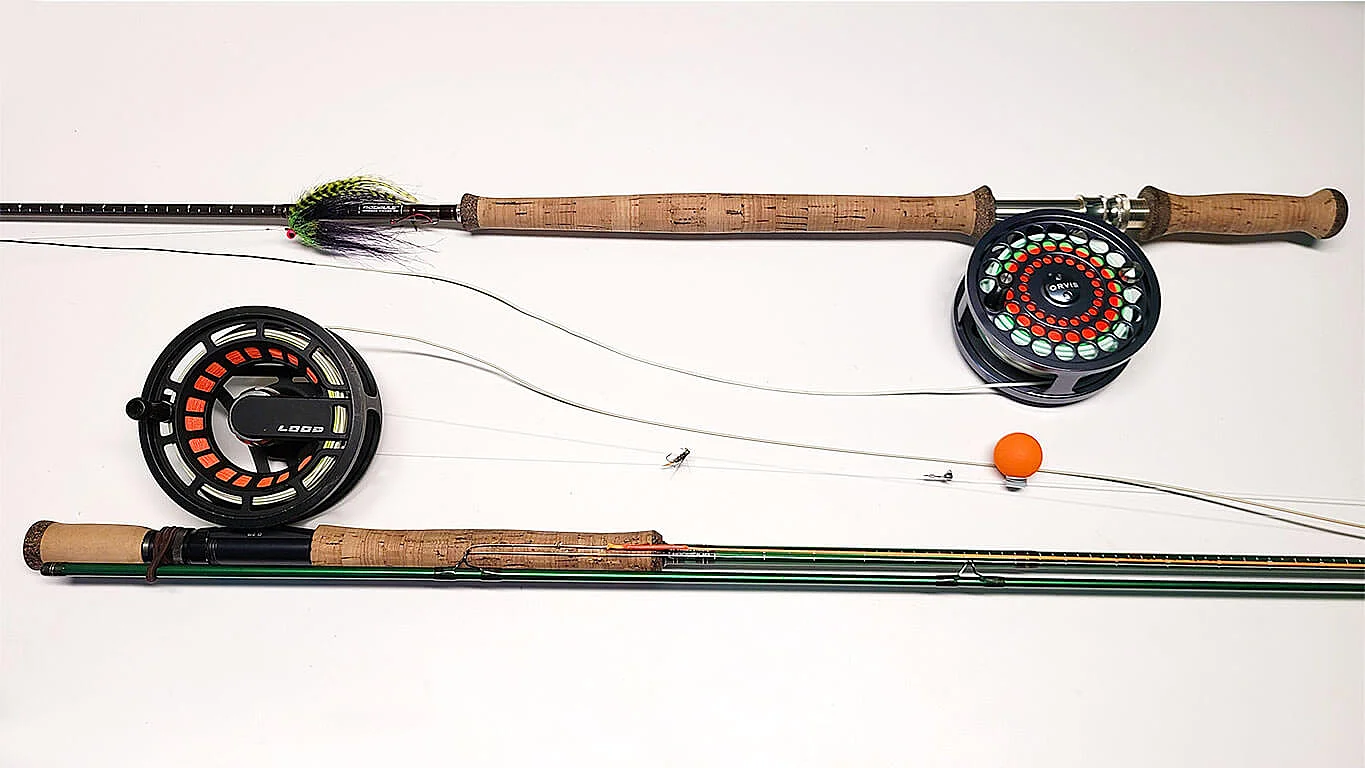
![How To Tie An Intruder [video]](/images/how-to-tie-an-intruder.jpg)
![Steelhead In The Snow [video]](/images/steelhead-in-the-snow.jpg)
